How to reduce waste at your event: what 12 years of experience has taught us
Events create more waste than you’d expect. Cups pile up, food and drinks get left behind and bins overflow before anyone notices. It feels inevitable when you’re in the thick of running an event, but it doesn’t have to be.
We’ve been serving coffee at events across the UK and Europe for over a decade. With a Tier 5 ESSA sustainability accreditation and countless events behind us, we’ve seen what genuinely helps cut waste in the events industry. Some changes are big, others are tiny tweaks that become second nature.
Elsie O’Dwyer, our Marketing and Operations Project Manager, has driven The Barista’s sustainability work. She led the push for our ESSA accreditations and won ESSA’s Unsung Hero of the Year award in 2022 – a fitting award for someone who is extremely resourceful and dedicated to raising the bar.
In this blog, Elsie shares the tips she’s seen make a real difference when it comes to reducing waste at events.
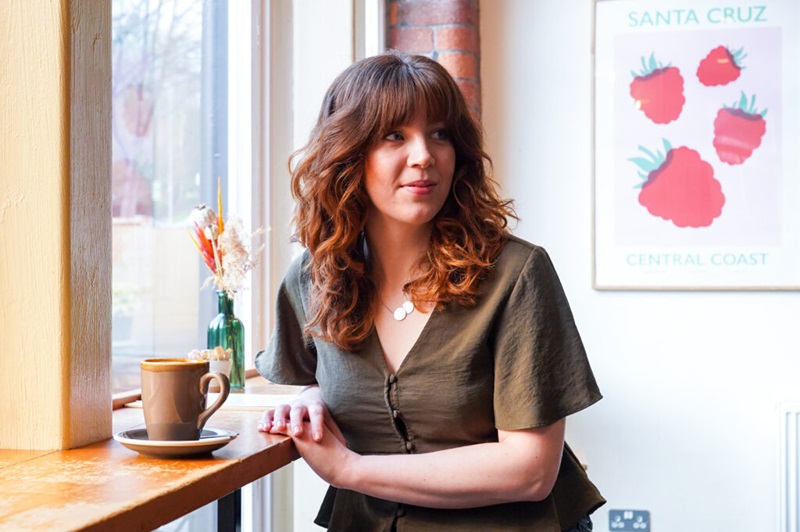
Plan for less waste
Waste doesn’t just appear on the day. I’ve learned most problems usually start much earlier, during planning. That’s frustrating, but also useful because it means you can prevent needless waste through preparation and by learning from previous events.
At The Barista, we apply this approach to every stage. Our planning process means surplus is kept to a minimum and anything we can’t use gets managed or stored rather than thrown away. For milk, we estimate what we need for the first day and arrange to top up supplies as needed for longer events. Cups and other shelf-stable items come back to our warehouse and we avoid waste by using them for the next event.
After every event, our baristas complete a debrief noting how busy the event was, what we had to restock and if anything came home unused. We use these notes to refine our planning and avoid making the same mistakes twice. It’s gold dust when the same client books again and we can reference what worked and didn’t from their previous events.
The fundamentals work for any type of event: plan sensibly based on realistic numbers, brief clearly so everyone knows what’s expected and keep records to improve your approach over time.
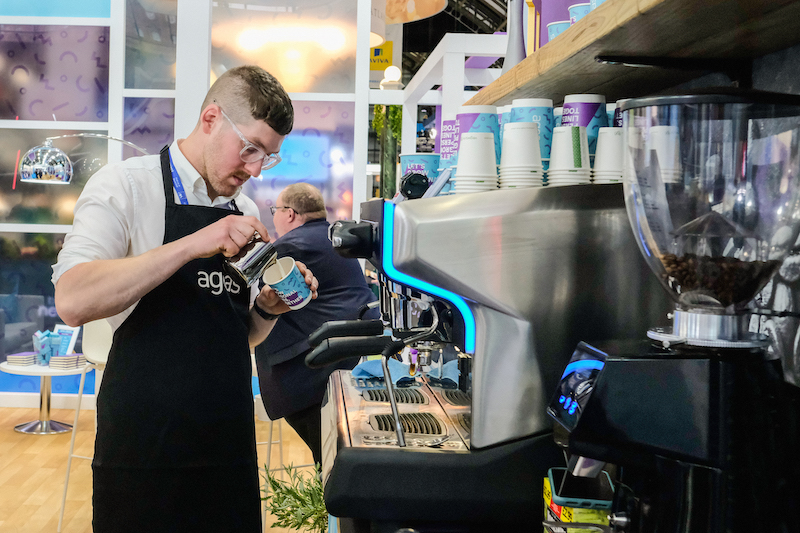
Key takeaways:
- Be realistic about numbers. Over-ordering giveaways, freebies or food “just in case” always means things end up binned.
- Brief suppliers properly from day one. Tell everyone what you expect sustainability-wise right from the start. When suppliers know your expectations upfront, there are no surprises on the day and no excuses for cutting corners.
- Think about shelf life when you order. For perishables like milk or fresh food, ordering smaller amounts more often reduces the risk of leftovers going off. It’s better to top up supplies during the event than throw away spoiled stock at the end.
- Keep notes. Make a point to track what you used, what ran out and what got wasted – this information is invaluable for future events.
- Benchmark stock and supplies. Use previous event data to measure, predict and plan ahead for subsequent events. The more you monitor this, the more accurate your event planning estimates will become.
Choose better (and fewer) materials
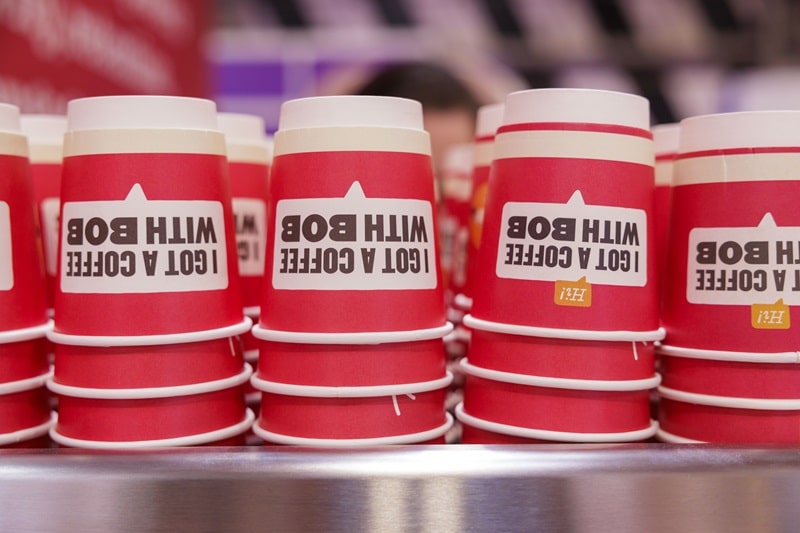
The materials you pick have a big impact on what happens when the event’s over. Sometimes the most “eco” sounding option isn’t actually the most sustainable.
Consider the whole lifecycle
Reusable coffee cups sound planet-friendly, but they take a lot more resources to make. Studies show a reusable cup needs to be used close to 100 times before its footprint is lower than a single-use recyclable cup. If your audience won’t realistically reuse them that often, recyclable cups might actually be the better choice.
Be careful with compostables
Compostable cups, cutlery or plates only work if the venue has proper composting facilities. Otherwise, they end up in general waste with everything else. Always ask the venue how they handle waste. If they don’t have the right setup, recyclable options are often safer.
Skip the unnecessary extras
Not everything needs handing out. At our smoothie and juice bars, we only give lids or straws when someone asks and usage drops massively. The same logic works for lanyards, tote bags and other giveaways. Skip the extras and you’ll cut waste without most people noticing.
Future-proof your branded items
Adding dates, stand numbers or campaign-specific details means leftover items become single-use. We’ve learned to keep designs clean and timeless whenever we can so they can be reused at future events.
For instance, branded cups and bar panels are two things we recommend our return clients keep simple and reusable. This cuts back on waste and keeps costs down as they are not paying for surplus items or new print each time.
Our journey to sustainability: find out more
Set up clear, convenient recycling systems
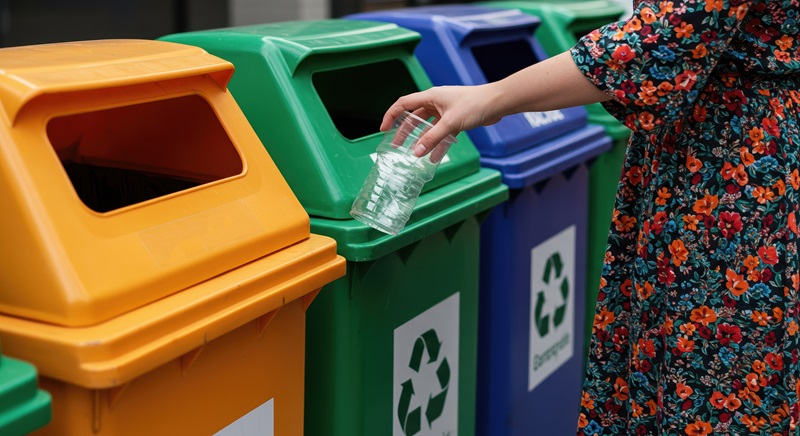
You can plan every detail perfectly, but if people can’t spot the right bin straight away, waste ends up in the wrong place.
Some simple fixes make a big difference:
- Put bins right where waste is created – by food and drink stations, exits and stand areas, not hidden away in a corner.
- Keep colours consistent. If plastics go in green bins in one spot, make sure they’re green everywhere.
- Use clear, simple signs with pictures. This can be clearer when people are rushing.
- Always group the full set of bins together. Don’t leave a plastics bin on its own – people will use it for everything else when they have no other option.
A bit of active help makes a huge difference. A steward near bins at lunchtime stops contamination and keeps things moving. At conferences, I’ve seen lanyard recycling points work best at exits, and they’re even better when you add more collection spots as people start leaving to avoid queues.
Work closely with suppliers
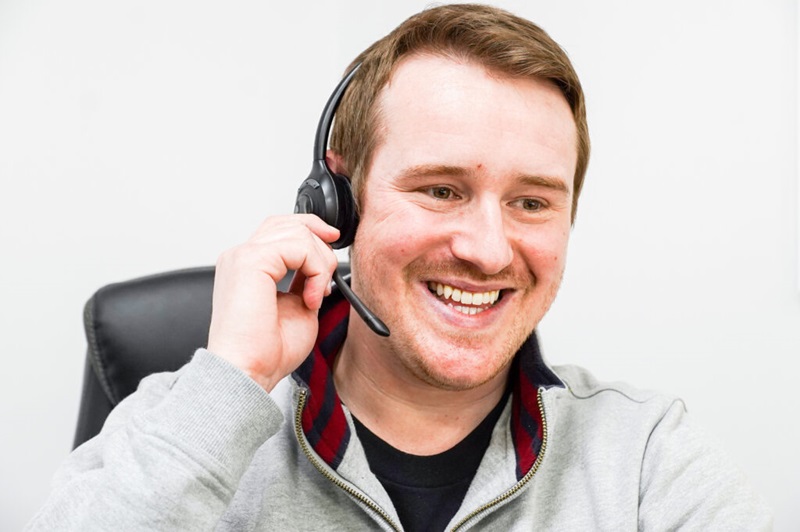
Your waste plan only works if all suppliers follow it. Don’t assume they will – spell out what you expect and check they can deliver. We’ve seen events where one team is recycling properly while another is throwing everything in black bags. It only takes one person cutting corners to undo a lot of good work.
To keep things consistent:
- Use the same serviceware across vendors so recycling stays simple.
- Ask suppliers about packaging. Can they take excess back? Can they consolidate deliveries to create less waste in the first place?
- Sort out bins early. Confirm who’s providing them and who’s collecting them. We always bring a bin with our coffee service, but bigger stands often need more. Sorting this before the event saves stress on the day.
- Talk to suppliers afterwards. Ask what they noticed about waste levels or any problems they spotted. These debrief conversations can give you the best ideas for next time.
Engage guests and teams
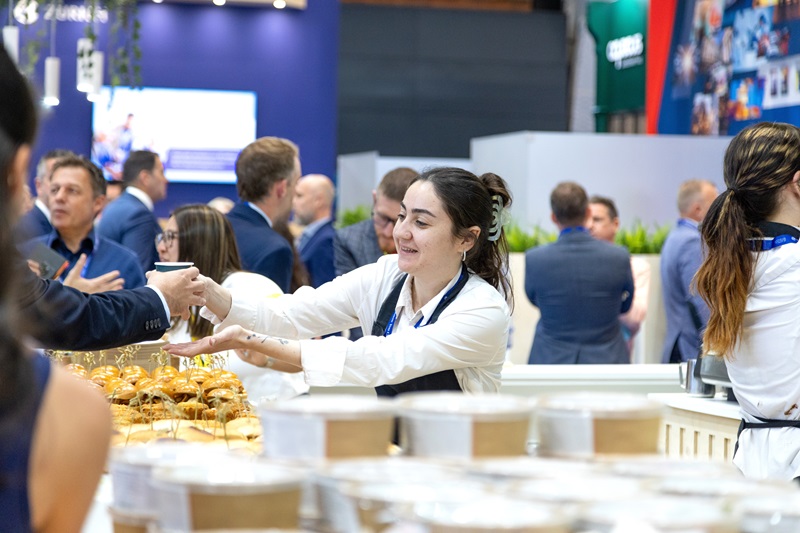
No matter how good your waste setup is, people need to know what to do on the day. Perfectly planned systems can fall apart because nobody tells the team or the guests what is expected.
Set expectations before the event
Simple pre-event communications work well. Just tell people what you’re doing and what goes where. If you want people to bring reusable cups, mention it when they register.
Use on-site reminders
Don’t be hesitant to share housekeeping messages loud and clear. Announcements from the stage, prompts on screens, clear signs – they all help keep waste and recycling front of mind throughout the event and people appreciate knowing what’s expected of them.
Brief your teams properly
Train staff and volunteers so they can guide guests to the right bins. At The Barista, we always try to get involved in morning briefings so we’re all on the same page. It means if anyone asks any of our team about recycling, we can give them the right answer.
Gamify recycling in the right place
One thing I’ve seen work really well is using coffee cups as voting tokens. You set up boards with statements and collection bags underneath, and people vote by dropping their empty cup into the bag that matches their choice. It’s a really engaging way to make sure cups end up where they should.
Planning an exhibition? We’ve covered all the essential stages of planning in our guide
How The Barista reduces waste at events
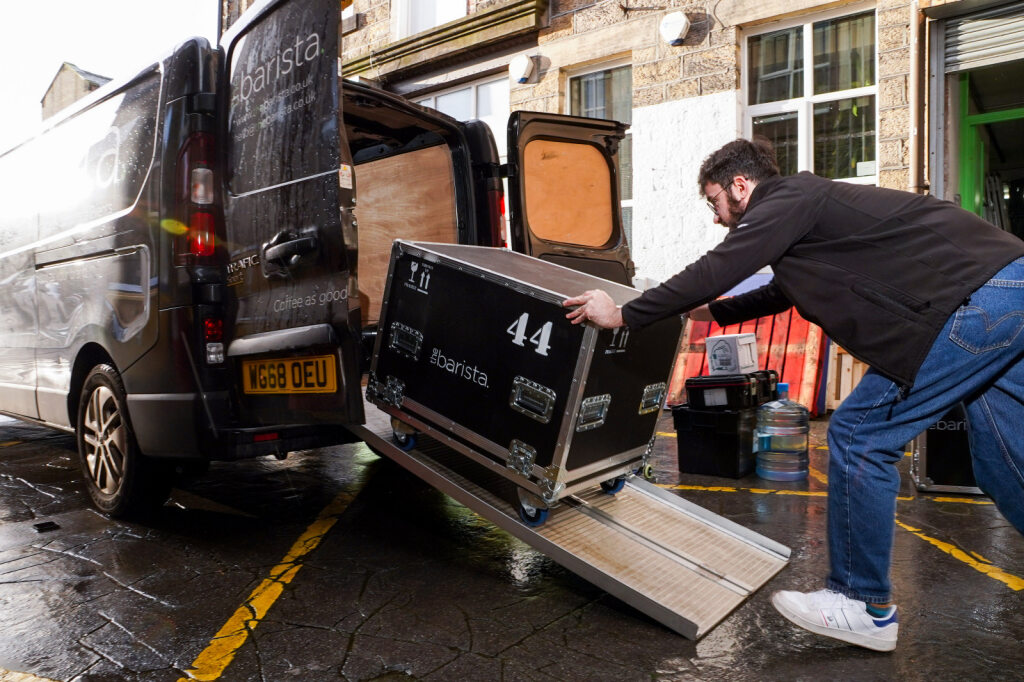
One of the things we’re most proud of is holding a Tier 5 sustainability accreditation from ESSA. It means the way we plan, train and deliver at events has been measured against industry benchmarks and shown to make a real difference.
We can’t eliminate every bit of waste, but we can take responsibility for our part and make sure what we do control is handled in the best way possible. For us, our ESSA accreditation is reassurance that the effort we put into sustainability every day is working, and for clients it’s a guarantee they’re working with a team who take it seriously.
Here’s how we help support your sustainability goals:
- Our baristas are trained to limit excess waste from the moment we start prepping. We manage supplies carefully and forecast drinks volumes based on years of data from similar events.
- We use recyclable cups (rather than compostable or reusable) as standard because they’re most likely to get processed correctly. Any leftover branded cups are donated to local charities. Our branded bar panels are made from reusable printed fabric – they look amazing and can be used event after event instead of ending up in a skip.
- We offset all our travel emissions through Ecologi, and clients can go further by offsetting their entire event. The scheme supports certified projects like clean water access and efficient cookstoves, so every offset reduces carbon and makes a difference for communities worldwide.
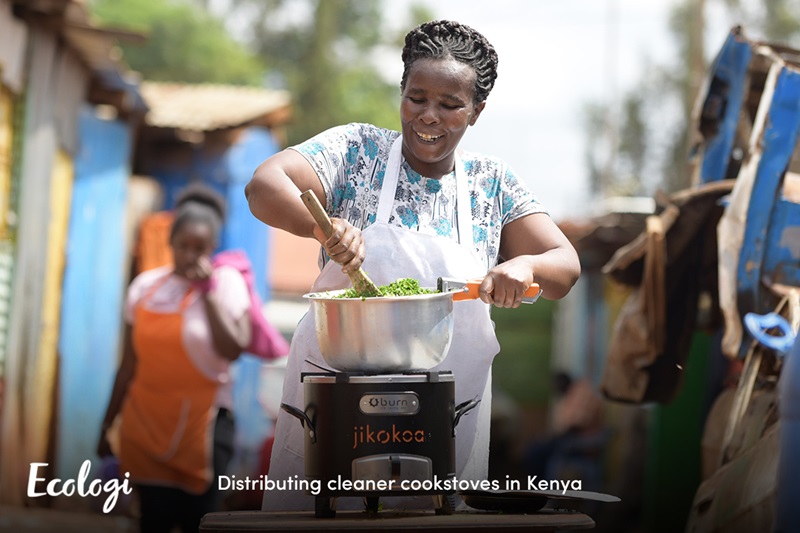
Thinking about carbon offsetting for your event? Find out how we make it simple.
- Through our work with FareShare, we donate excess fresh milk and fruit from our juice bars to local charities. I’ve seen our fruit donations going to breakfast clubs at schools. Even with careful planning there can be leftovers, so it’s a real positive to see them go to good use.
- We track everything and improve constantly. After every event, we note exactly what worked and what didn’t – especially for consumables like traybakes and cupcakes. These insights mean we can always improve, from adjusting milk orders to refining our set up to reduce packaging waste.
What good looks like: your checklist to reduce waste at events
Planning stage:
- Brief suppliers on sustainability expectations upfront
- Order realistic quantities based on actual attendance estimates, not “just in case” numbers
- Choose recyclable materials over compostables unless the venue has proper facilities
- Future-proof branded items by excluding dates and stand numbers
Setup:
- Place bins where waste is created, not hidden in corners
- Keep colour coding noticeable and consistent throughout the venue
- Group all recycling streams together
- Use simple, visual signage
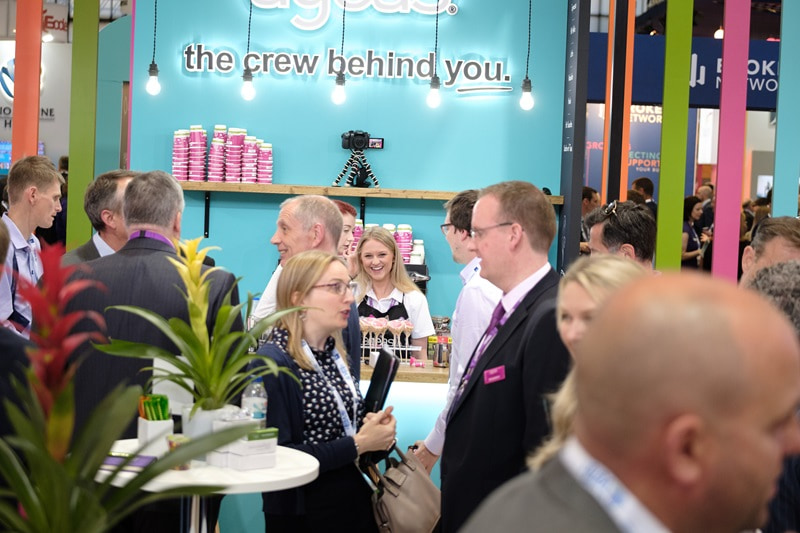
During the event:
- Brief all staff on waste procedures
- Position stewards near bins during busy periods
- Make extras optional rather than automatic
Afterwards:
- Record what worked and what didn’t
- Note contamination issues and bin overflow problems
- Use insights to improve the next event
FAQs
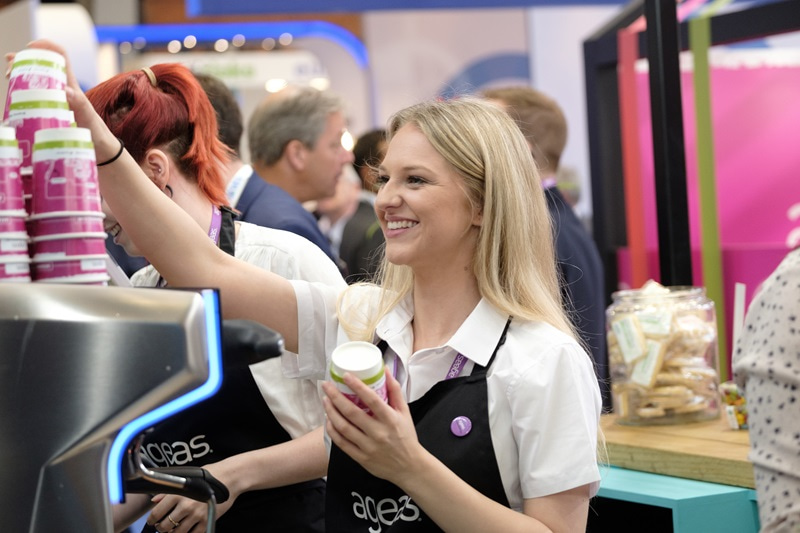
How do you reduce waste at an event quickly?
Start with your event planning. Order realistic quantities, brief suppliers properly and choose recyclable materials. On the day, put bins where waste is created and make sure signage is clear. These basics prevent most waste problems.
Are compostable cups better than recyclable ones?
Only if your venue has proper composting facilities. Otherwise, compostable items end up in general waste. Recyclable cups are often the more sustainable choice because there’s a higher likelihood of them being processed correctly.
How do I stop recycling contamination?
Keep it simple. Use consistent colours, clear visual signs and always group all recycling bins together. A bit of active help from stewards makes a huge difference during busy periods.
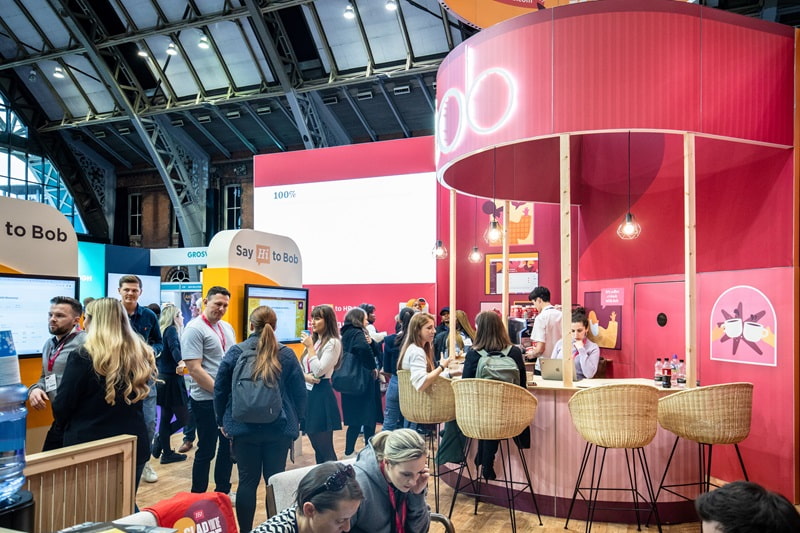
What should I ask suppliers before I book?
Ask about their waste procedures, what materials they use and whether they can take packaging back. Standardise serviceware across vendors if possible, and check who’s providing bins and who’s collecting them.
How can I measure event waste without a complex system?
Keep basic notes about quantities and contamination levels. Track what gets overstocked repeatedly so you can adjust orders. Simple records are better than no records.
Should I offset my event’s carbon footprint?
Yes, if you’re able to. Offsetting is a great way to balance out the impact of your event once you’ve taken steps to reduce waste and recycle. Think of it as the final layer of a good sustainability plan. By choosing a verified scheme, your contribution supports real projects that create genuine positive change for communities and the environment – and you can track savings.
Ready to cut waste at your next event?
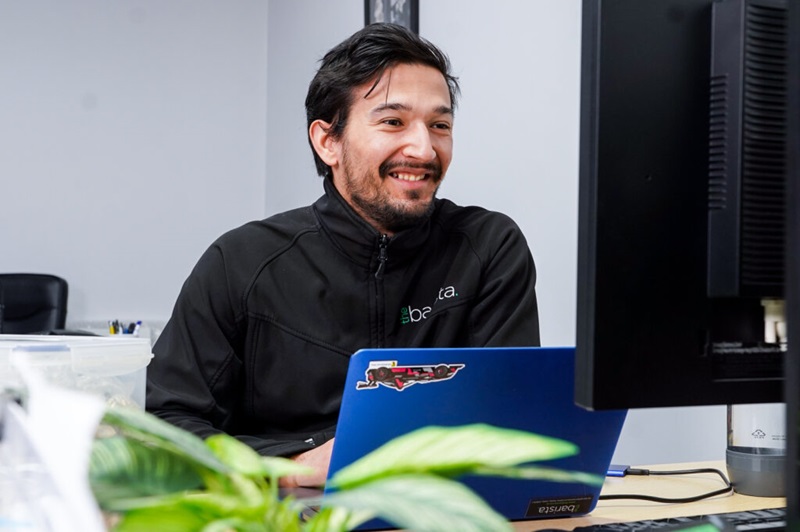
We’ve spent years refining how we work so we can deliver great coffee with less waste. Small, practical steps like careful planning, the right materials and clear systems make the difference. If you’d like your next event to run greener without adding stress, we’d love to help.
Looking for a coffee, juice or smoothie partner who takes sustainability seriously? From recyclable cups to donating leftovers, we minimise waste in the areas we control. Get in touch today to make a difference at your next event.
